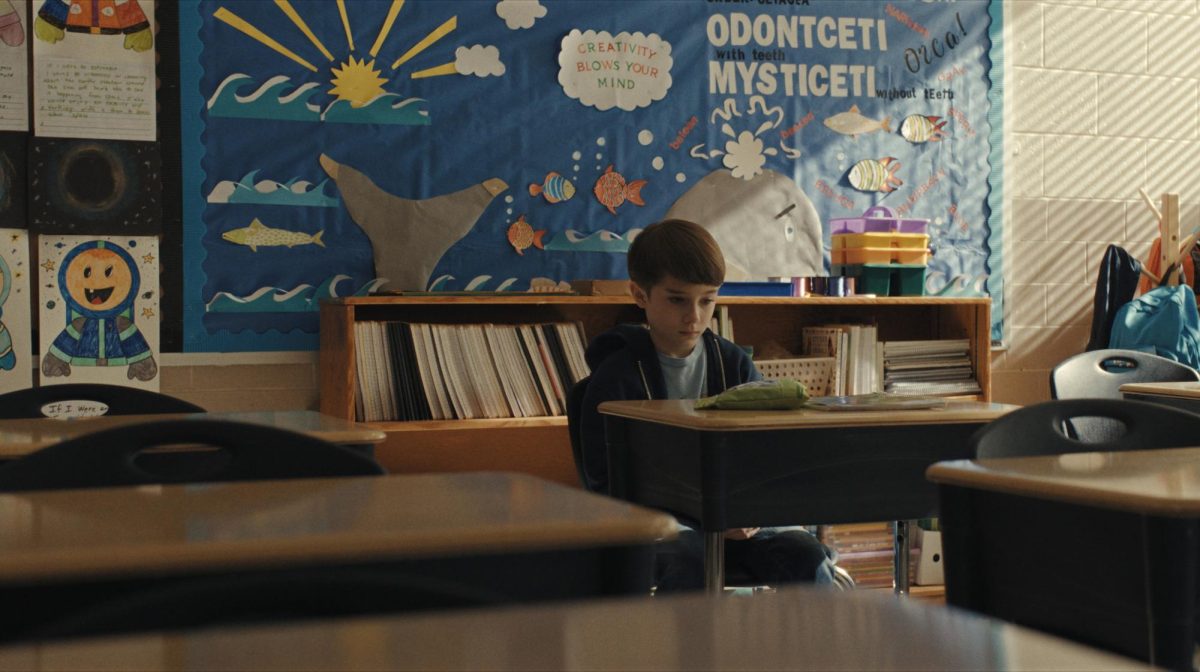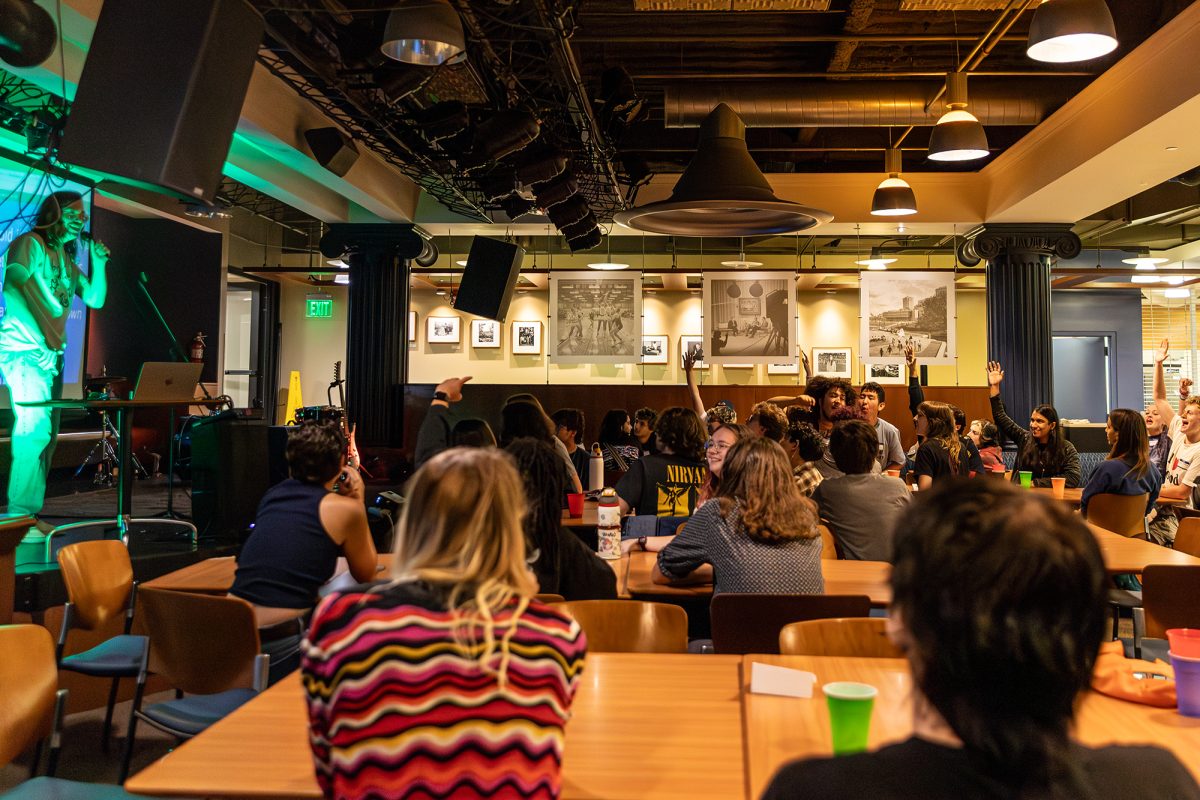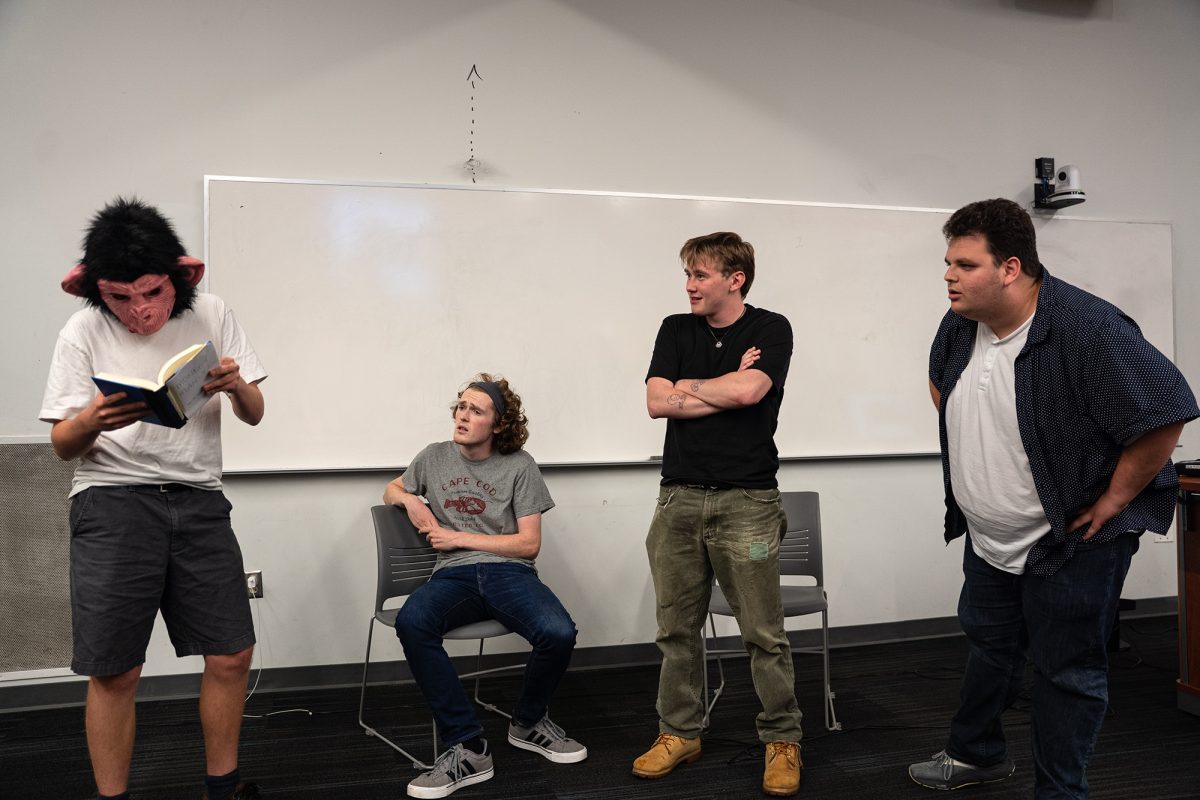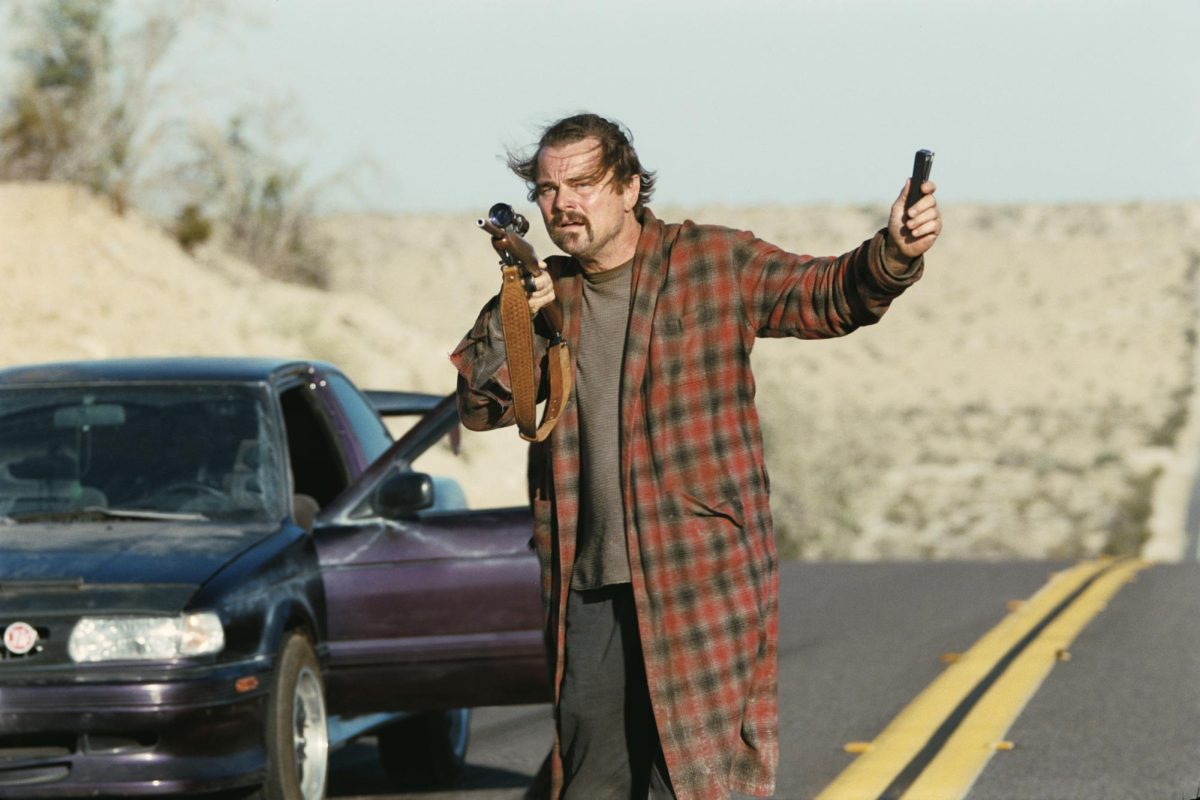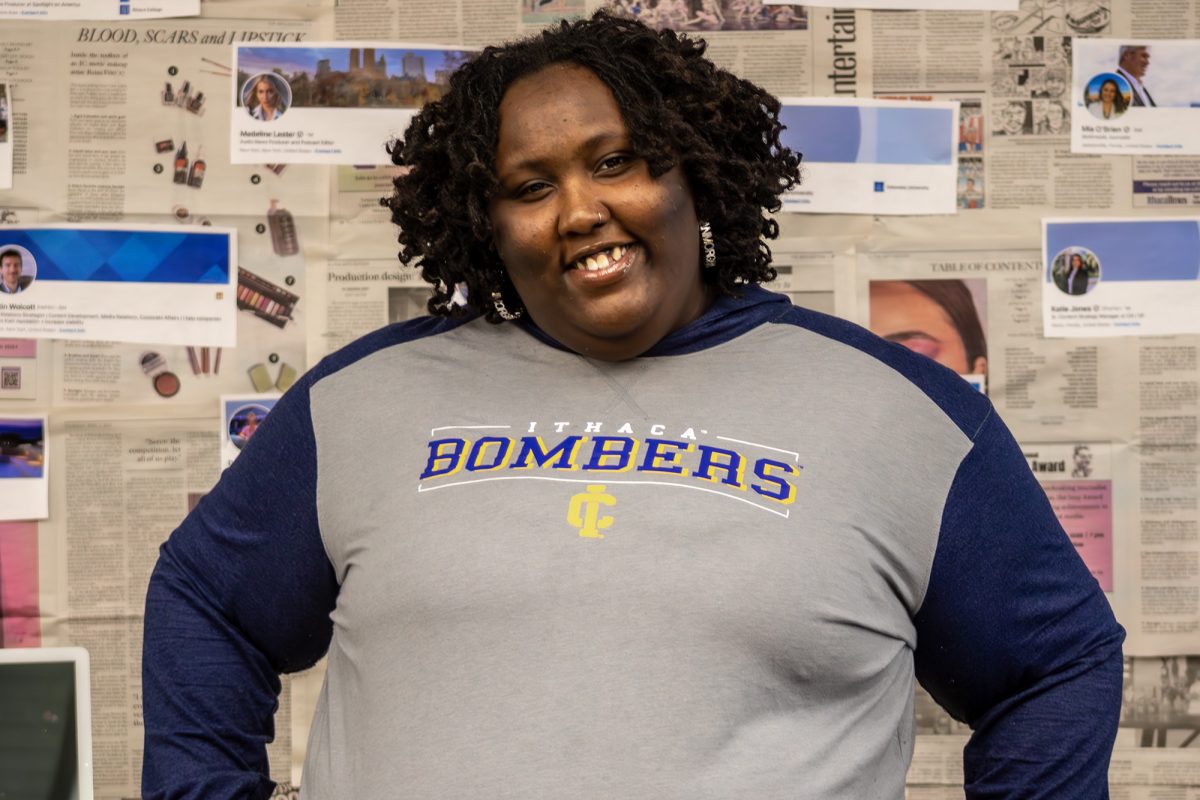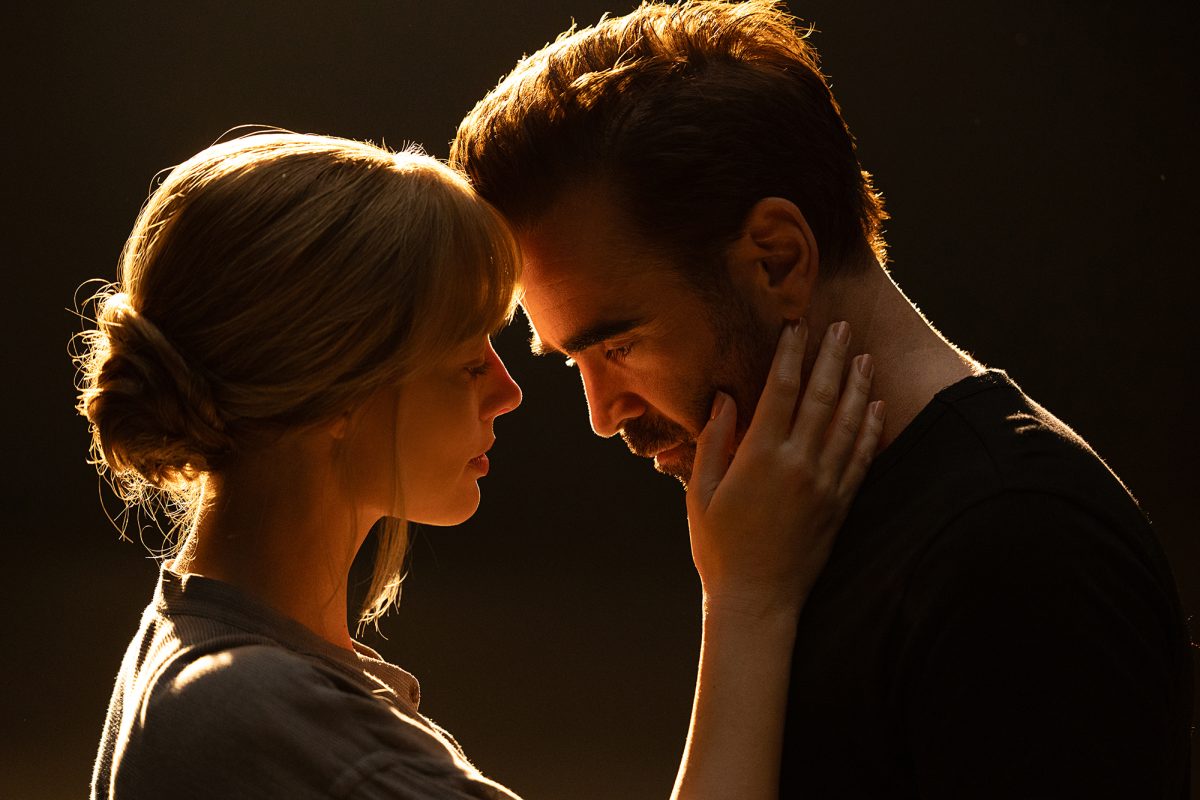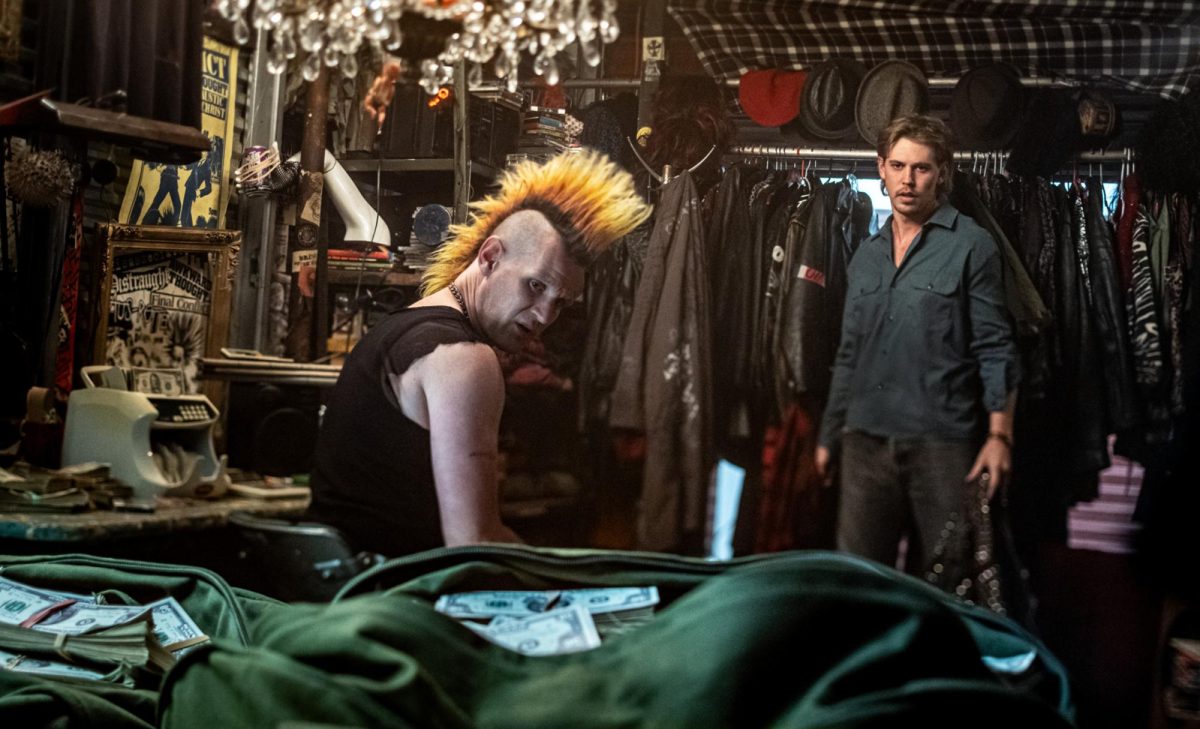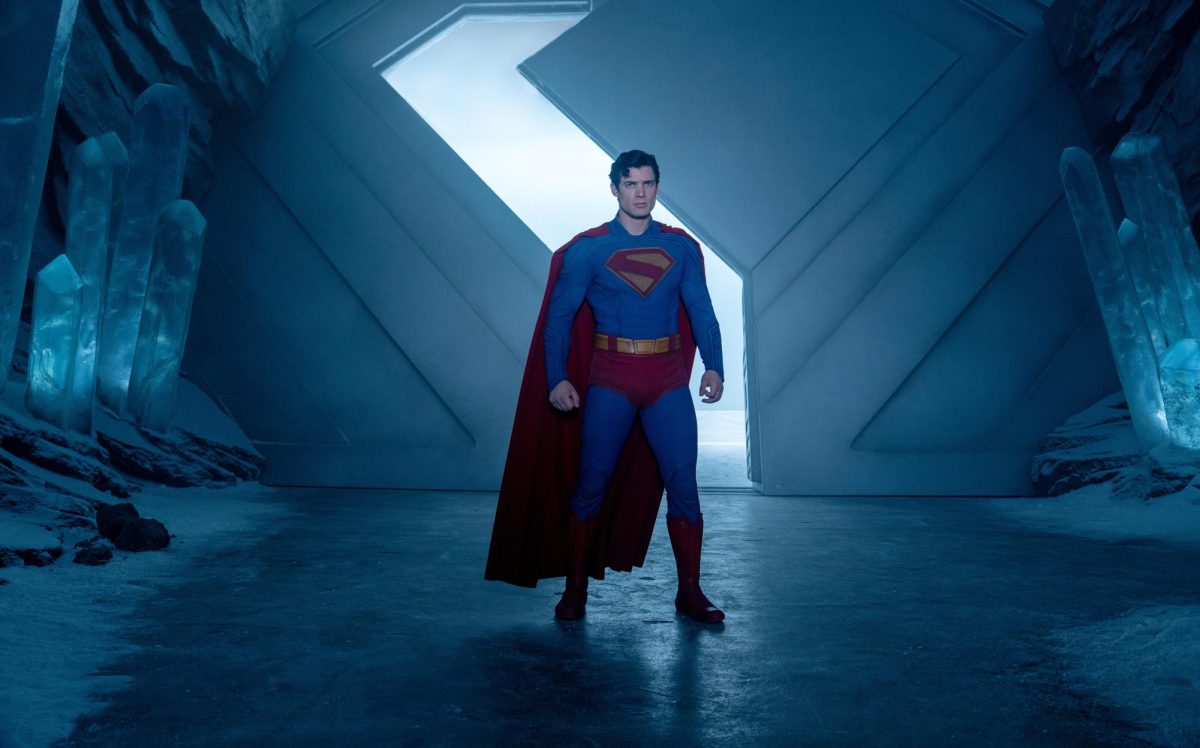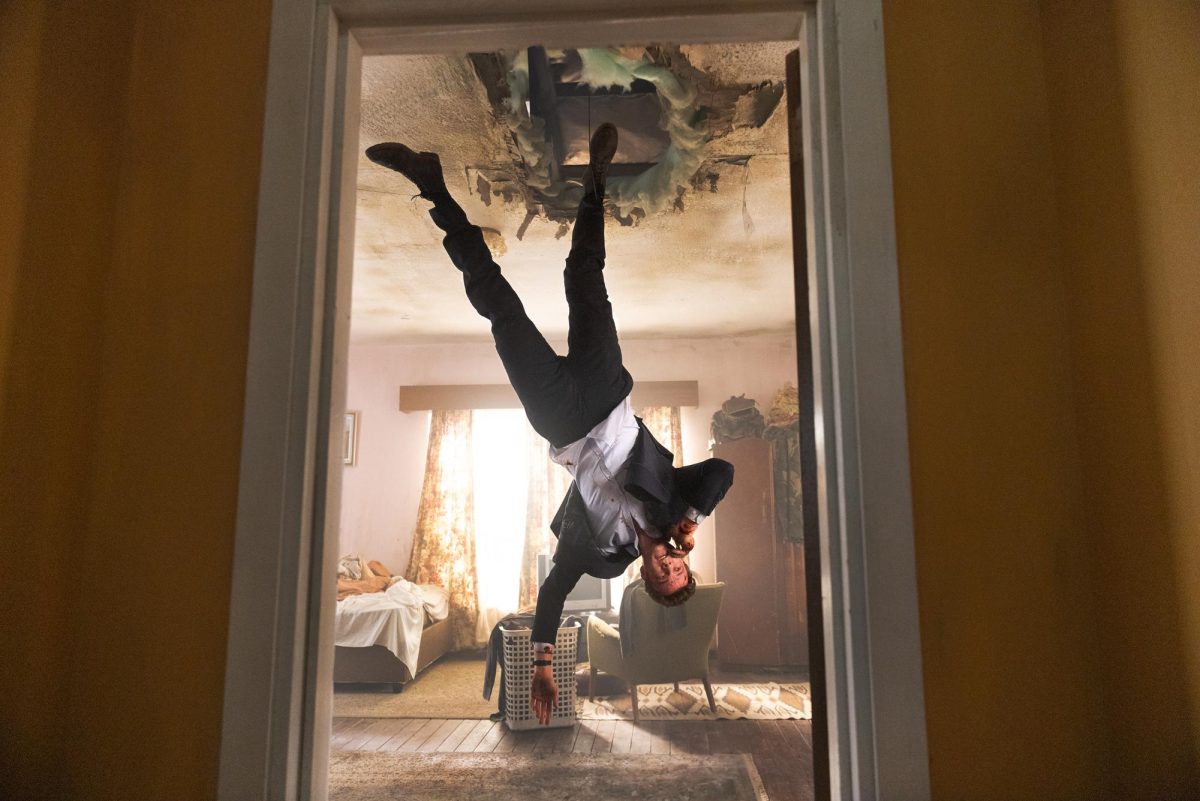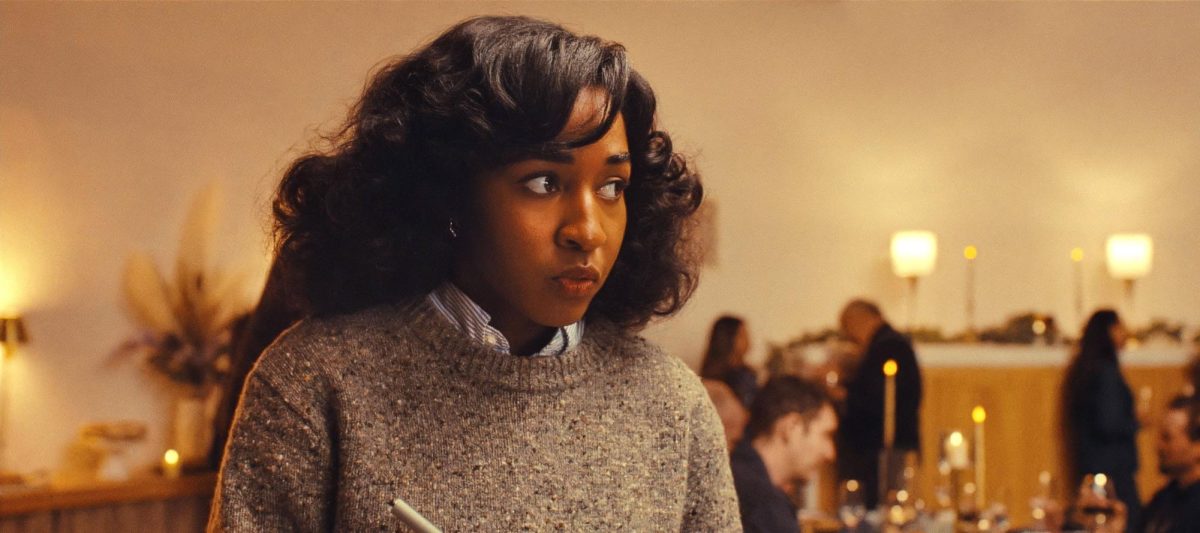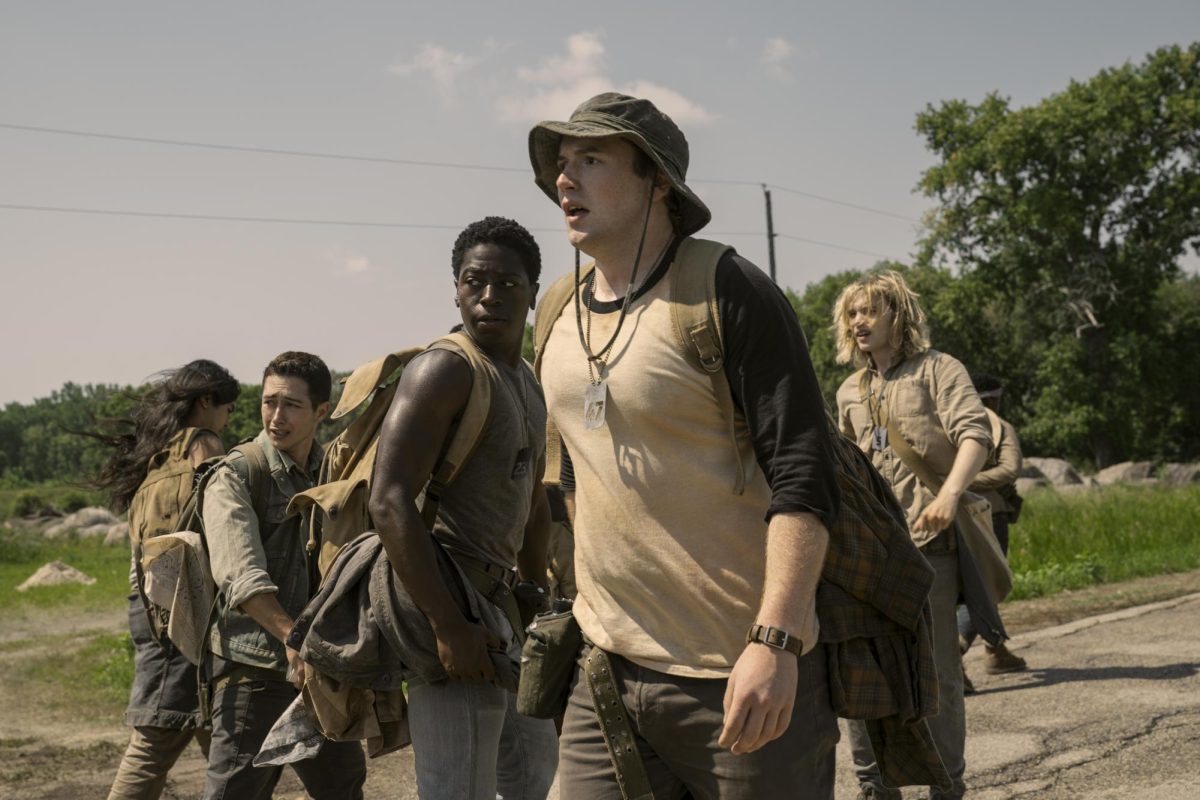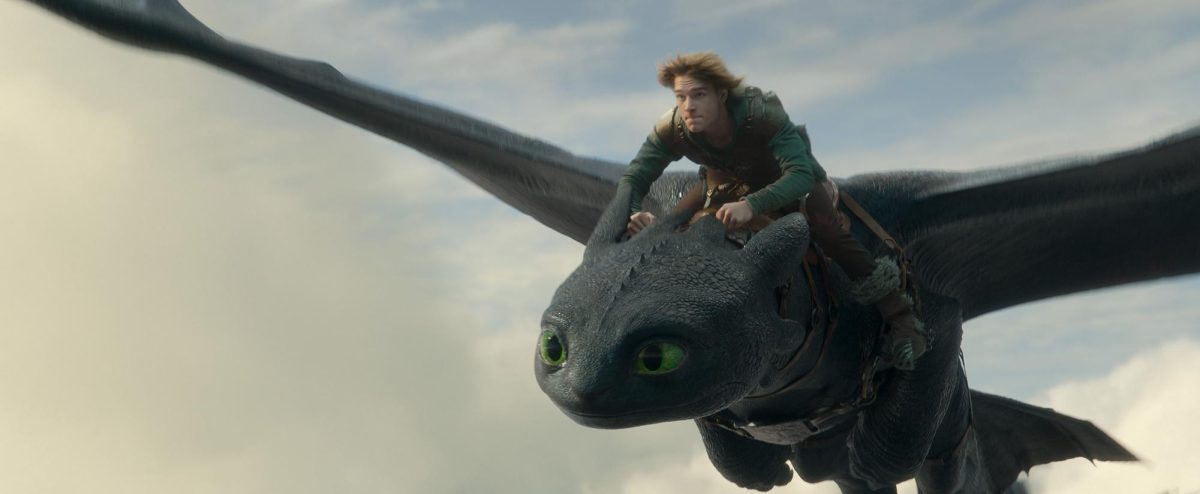4.5 out of 5.0 stars
How does a community recover from an unfathomable tragedy? “Weapons,” the new horror hit from writer-director Zach Cregger, begins with 17 third graders mysteriously vanishing in the middle of the night. However, with Cregger behind the camera, the grim premise evolves into an entertaining fright.
The town of Maybrook is thrown into chaos when only one student (Cary Christopher) is left behind from Ms. Justine Gandy’s class, who is played by Julia Garner. As Gandy and one obsessive father (Josh Brolin) begin their own individual investigations, the true account of the incident becomes clearer, but no less mysterious.
Horror movies are a dime a dozen, so any film that feels original is worthy of praise. “Weapons” fits that description. The opening scene of the students running into darkness is hauntingly bizarre, leaving the film wide open for an explanation. Despite a slow start, the film lands the plane with ease with help from a few jump scares, a scene-stealing witch and excellent performances.
After vaulting to mainstream success with his 2022 debut “Barbarian,” Cregger displays an even stronger sense of horror filmmaking with his latest film. Cregger cited the loss of his friend and collaborator, Trevor Moore, as well as Paul Thomas Anderson’s 1999 film “Magnolia” as inspirations for the screenplay. The result is a sprawling, multi-perspective web of wild twists and finely-crafted characters that audiences will peek through their fingers to watch.
Garner, a three-time Emmy Award winner for Netflix’s “Ozark,” is perfectly suited for the troubled and volatile Justine. Her character is the object of the whole town’s paranoia, and Garner is phenomenal at conveying Justine’s irritability. Brolin gives an emotional performance as Archer, a missing student’s father and the embodiment of the town’s desperation and grief. His commitment to locating his son and rebuilding a relationship with him is a sturdy throughline for the film.
Alden Ehrenreich gives a great performance as a police officer and old flame of Justine’s. As a dim-witted slacker, Austin Abrams showcases Cregger’s talent for balancing laugh-out-loud comedy with cover-your-eyes horror. Benedict Wong is also a standout as the school’s frazzled principal.
Cary Christopher delivers a remarkable performance for such a young actor — he is nine years old as of the film’s release — and holds his own in a cast of established actors. Particularly, his scenes with Amy Madigan highlight the panic and confusion his character feels. Madigan runs away with the movie, in a knockout performance as his enigmatic aunt Gladys. In some scenes, she is a scenery-chewing delight, but in others, she is a nightmarish force. The visual of her in garish clothes and makeup is sure to become one of the most remembered moments of the film.
Cregger creates several striking images — the children running with their arms outstretched, the empty classroom — which mark a cinematic improvement over his last film. The film is edited by his past collaborator Joe Murphy, whose sharp but steady cuts keep the action coherent and the horror sequences eerie. Even when the lengthier shots beg the audience to brace themselves, each jump scare is timely and will jolt them from their seats. This critic was no exception.
The perspective shifts between characters are timed to perfection, always snatching the viewer’s attention from an engaging scene and allowing their questions to go temporarily unresolved. Some viewers may feel disappointed that not every aspect of the supernatural elements are explained, but there are sufficient resolutions to understand and enjoy the story.
The one true weakness of the film is its use of voiceover narration. A child’s voice provides the backstory of the incident at the beginning of the film and a brief epilogue at the finale. It helps to clarify key plot points, but its sparse employment renders it inconsistent with the rest of the film.
The narration is likely featured as an homage to “Magnolia,” which also makes use of occasional narration. The films also share mustachioed cops, emotionally distant fathers and apparently inexplicable phenomena. Cregger’s exploration of multiple lives in crisis certainly owes much to the 1999 film, but its focus seems to be more on how adults can fail children, sometimes through no fault of their own. Although these themes may not be overtly conveyed to audiences, they are an interesting lens through which to view a crowd-pleasing horror flick.
“Weapons” is a rock-solid horror film and a leap forward for Cregger, elevating him to a class of must-watch directors. Its compelling performances, unique plotting and skillful direction mark it as one of the year’s best so far, another win for the horror genre. If his next film is as impressive, Cregger will have audiences running in droves, headed straight for the theaters.


